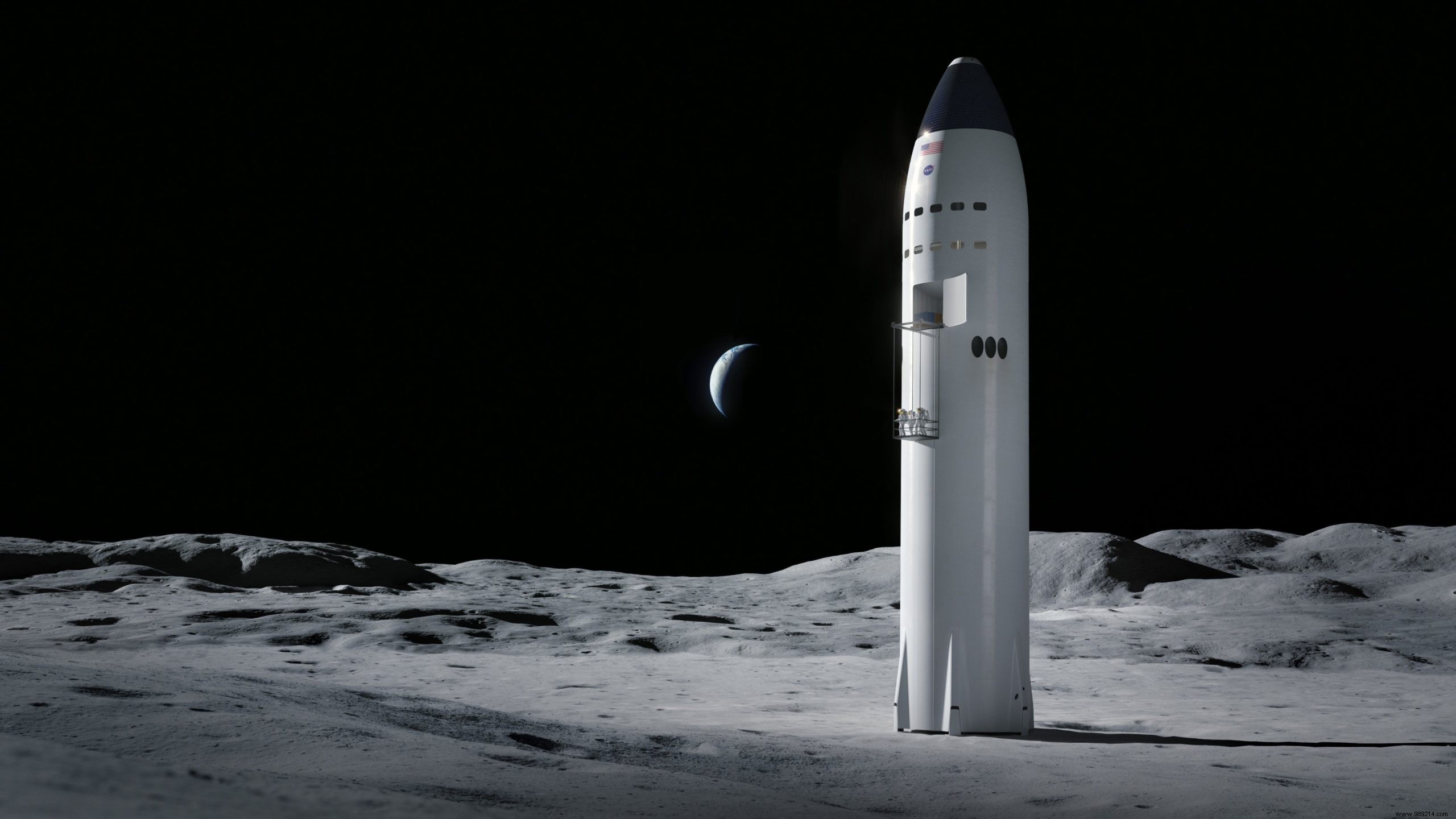A few months ago, Blue Origin filed a lawsuit against NASA in federal court, arguing that the agency ignored its own demands by only awarding to SpaceX the lunar lander contract for the Artemis program. The court has just confirmed this decision.
Blue Origin, which would compete for NASA's new manned lunar lander contract, clearly didn't take NASA's decision to choose SpaceX as its sole contractor very well. . The company had already filed a first protest with the US Government Accountability Office (GAO), arguing that the US agency should have awarded at least two contracts to maintain the principle of competition. This complaint was ultimately dismissed .
Following this refusal, Blue Origin then took its fight to federal court, urging the judge to suspend SpaceX's contract while the case is heard. Since then, the program has been at a standstill. This Thursday, November 4, the Court of Federal Claims finally dismissed the case through Judge Richard A. Hertling, ending a tumultuous chapter.
"Not the decision we wanted, but we respect the court's judgment and wish NASA and SpaceX success on the contract “, Bezos said on Twitter.
Following this rejection, NASA appears to be moving forward with its SpaceX contract. “NASA was notified Thursday that the United States Federal Court of Claims has dismissed Blue Origin's protest, upholding SpaceX's selection to develop and demonstrate a modern human lunar lander. We will therefore resume work with SpaceX under the contract as soon as possible “, said the agency in a press release.
NASA also points out that other contracts for additional lunar missions will be announced next year. Blue Origin could therefore win several of these contracts . However, for the return of humans to the Moon after more than fifty years of absence, we will have to rely on SpaceX.

NASA will fund SpaceX to the tune of $2.89 billion for a first unmanned mission to the Moon, followed by a second with a crew.
These missions will involve three structures:a Super Heavy rocket will launch a Starship into lunar orbit. A few days later, an SLS rocket will launch a crew inside an Orion capsule that will dock with the Starship around the Moon. The crew will eventually transfer to the Starship before landing on the Moon. For the return, it will be the same principle.
However, this "threesome" might only be temporary. We know that eventually the Starship will be able to transport humans to the Moon directly from Earth.
Also, it's hard to imagine NASA being burdened with incredibly high budgets (more than two billion per launch for the SLS) while supporting a limited number of occupants on board , while the Starship will be able to offer much cheaper flights while being able to deliver much more payload.